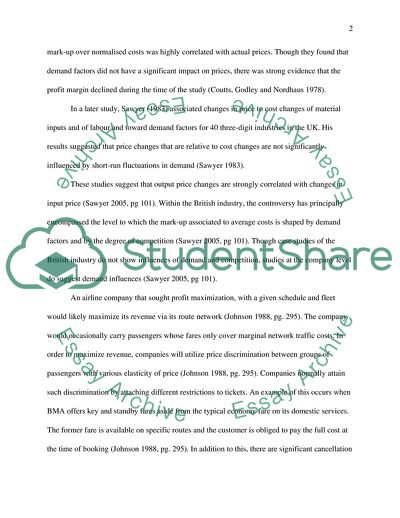Cite this document
(Pricing Policy in British Industry Literature review, n.d.)
Pricing Policy in British Industry Literature review. https://studentshare.org/finance-accounting/1720481-explain-the-prevalence-of-the-average-cost-or-cost-plus-pricing-policy-in-british-industry-as-compared-with-the-marginalist-approach-can-the-two-be-reconciled
Pricing Policy in British Industry Literature review. https://studentshare.org/finance-accounting/1720481-explain-the-prevalence-of-the-average-cost-or-cost-plus-pricing-policy-in-british-industry-as-compared-with-the-marginalist-approach-can-the-two-be-reconciled
(Pricing Policy in British Industry Literature Review)
Pricing Policy in British Industry Literature Review. https://studentshare.org/finance-accounting/1720481-explain-the-prevalence-of-the-average-cost-or-cost-plus-pricing-policy-in-british-industry-as-compared-with-the-marginalist-approach-can-the-two-be-reconciled.
Pricing Policy in British Industry Literature Review. https://studentshare.org/finance-accounting/1720481-explain-the-prevalence-of-the-average-cost-or-cost-plus-pricing-policy-in-british-industry-as-compared-with-the-marginalist-approach-can-the-two-be-reconciled.
“Pricing Policy in British Industry Literature Review”. https://studentshare.org/finance-accounting/1720481-explain-the-prevalence-of-the-average-cost-or-cost-plus-pricing-policy-in-british-industry-as-compared-with-the-marginalist-approach-can-the-two-be-reconciled.


